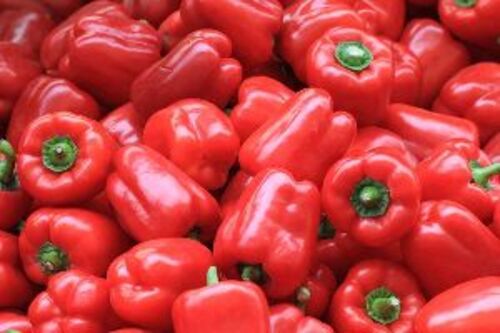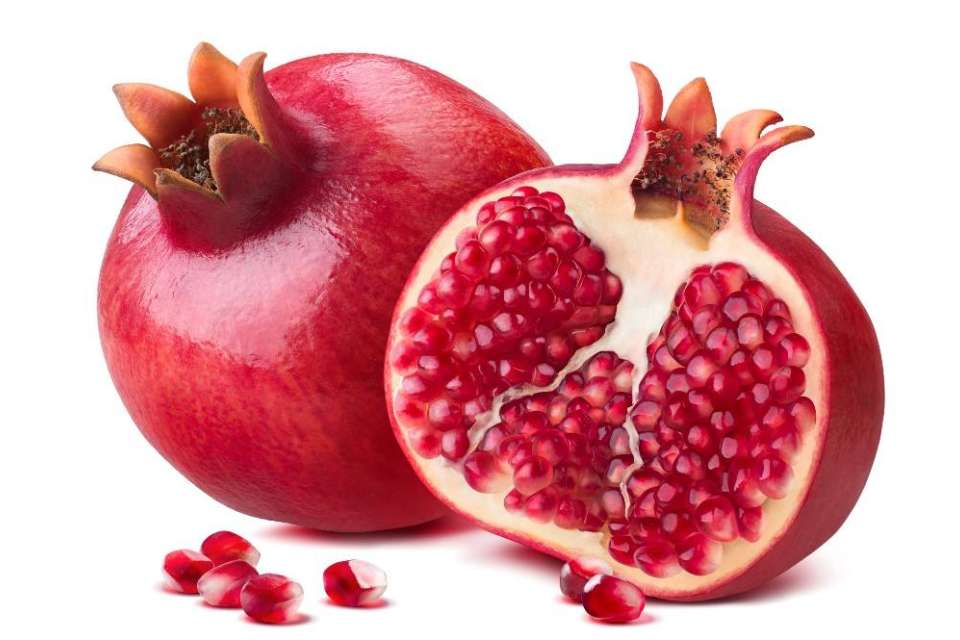Spices are a fundamental part of global cuisine, providing flavor, aroma, color, and even medicinal properties to dishes.They are derived from various parts of plants, including seeds, fruits, roots, bark, and flowers.
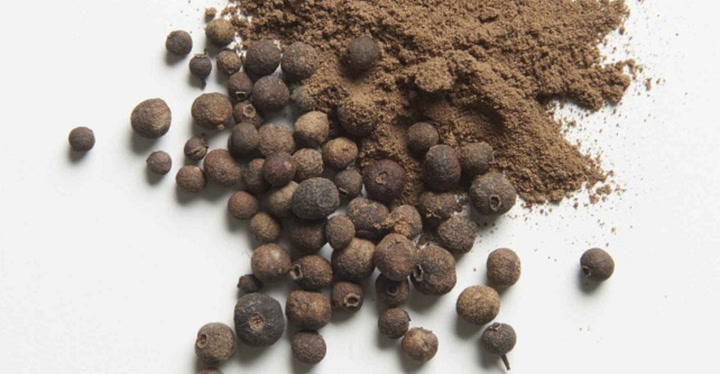
ALLSPICE
Origin: The dried, unripe berries of the Pimenta dioica tree, native to the West Indies and Central America.
Flavor Profile: A combination of cinnamon, nutmeg, and cloves, with a peppery note.
Culinary Uses: Used in both sweet and savory dishes. Essential in Caribbean jerk seasoning, pickling, and in spice blends for baking and mulled beverages.
PRICE AS PER MARKET RATE
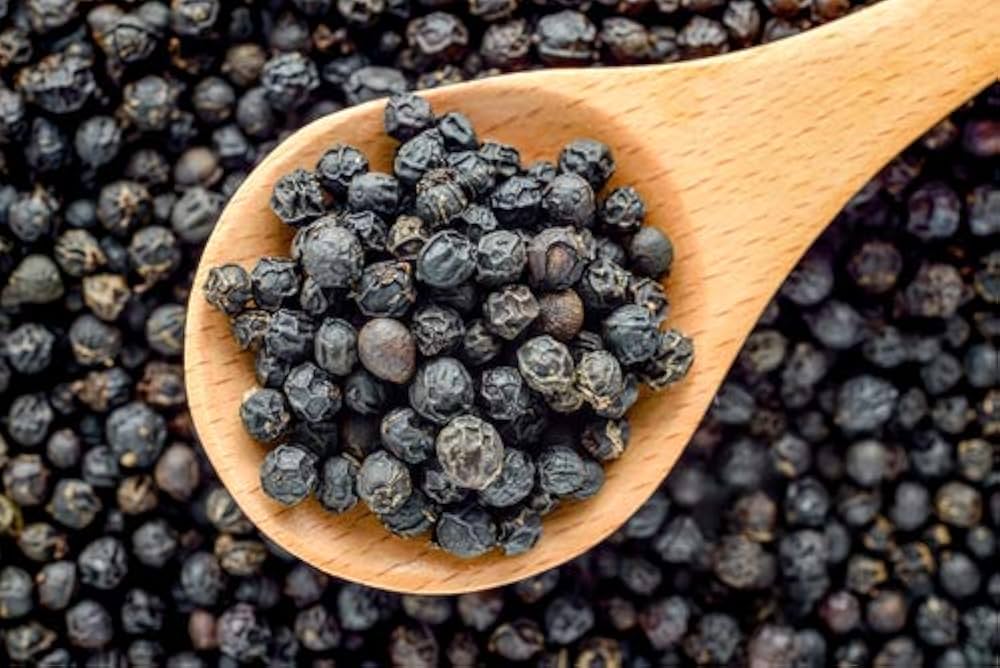
BLACK PEPPER
Origin: The dried berries (peppercorns) of the black pepper vine, native to South India.
Flavor Profile: Pungent, sharp, and spicy.
Culinary Uses: A universal seasoning used in almost every type of cuisine. Available as whole peppercorns or ground.
Health Benefits: Contains the compound piperine, which may aid in nutrient absorption and has antioxidant properties.
PRICE AS PER MARKET RATE
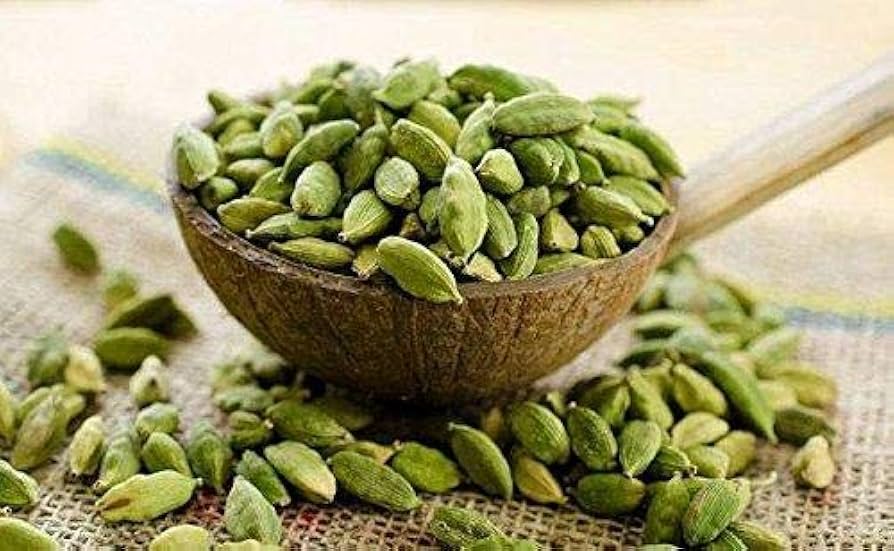
CARDAMOM
Origin: The pods of plants in the ginger family, native to India and Indonesia. It comes in green and black varieties.
Flavor Profile: Pungent, aromatic, and sweet with citrus and floral notes. Green cardamom is more common and sweeter, while black cardamom is smoky and intense.
Culinary Uses: Essential in Indian and Middle Eastern cooking for curries, rice dishes, and sweets. Also used to flavor coffee, tea (like masala chai), and baked goods.
Health Benefits: Believed to aid digestion and may help lower blood pressure..
PRICE AS PER MARKET RATE
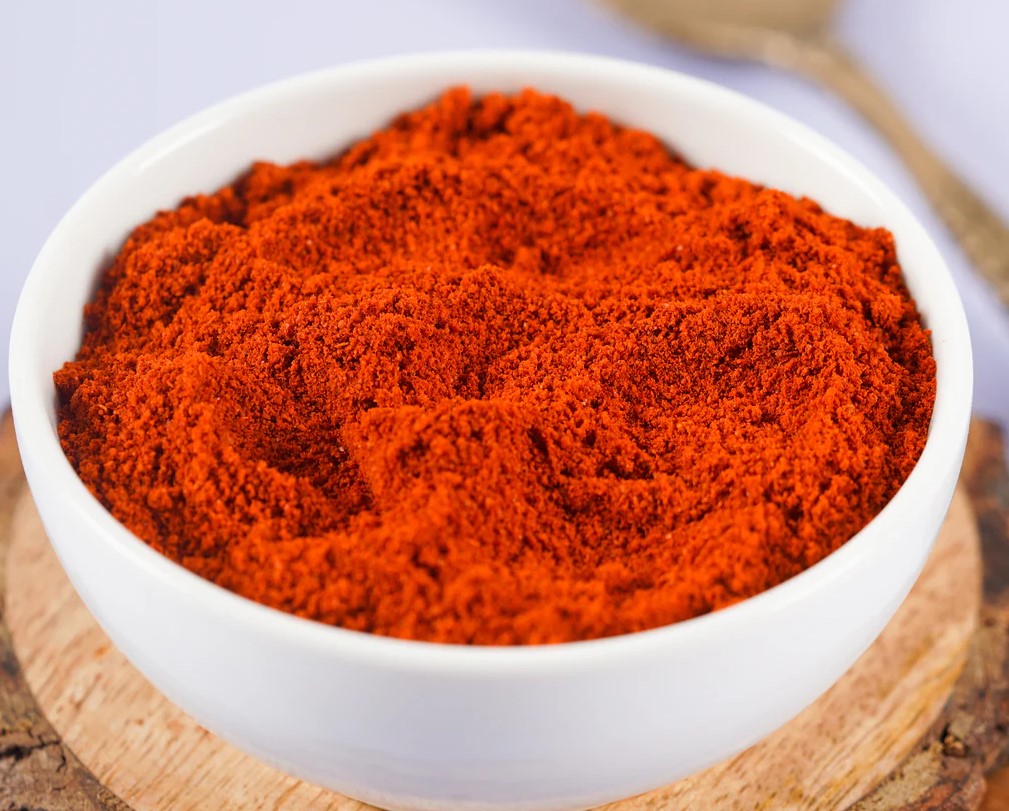
CAYENNE PEPPER
Origin: A hot chili pepper from the genus Capsicum.
Flavor Profile: Hot and fiery. Its heat comes from the compound capsaicin.
Culinary Uses: Adds heat to a wide variety of dishes, including stews, sauces, and dry rubs for meat.
Health Benefits: Capsaicin may boost metabolism and has anti-inflammatory properties.
PRICE AS PER MARKET RATE
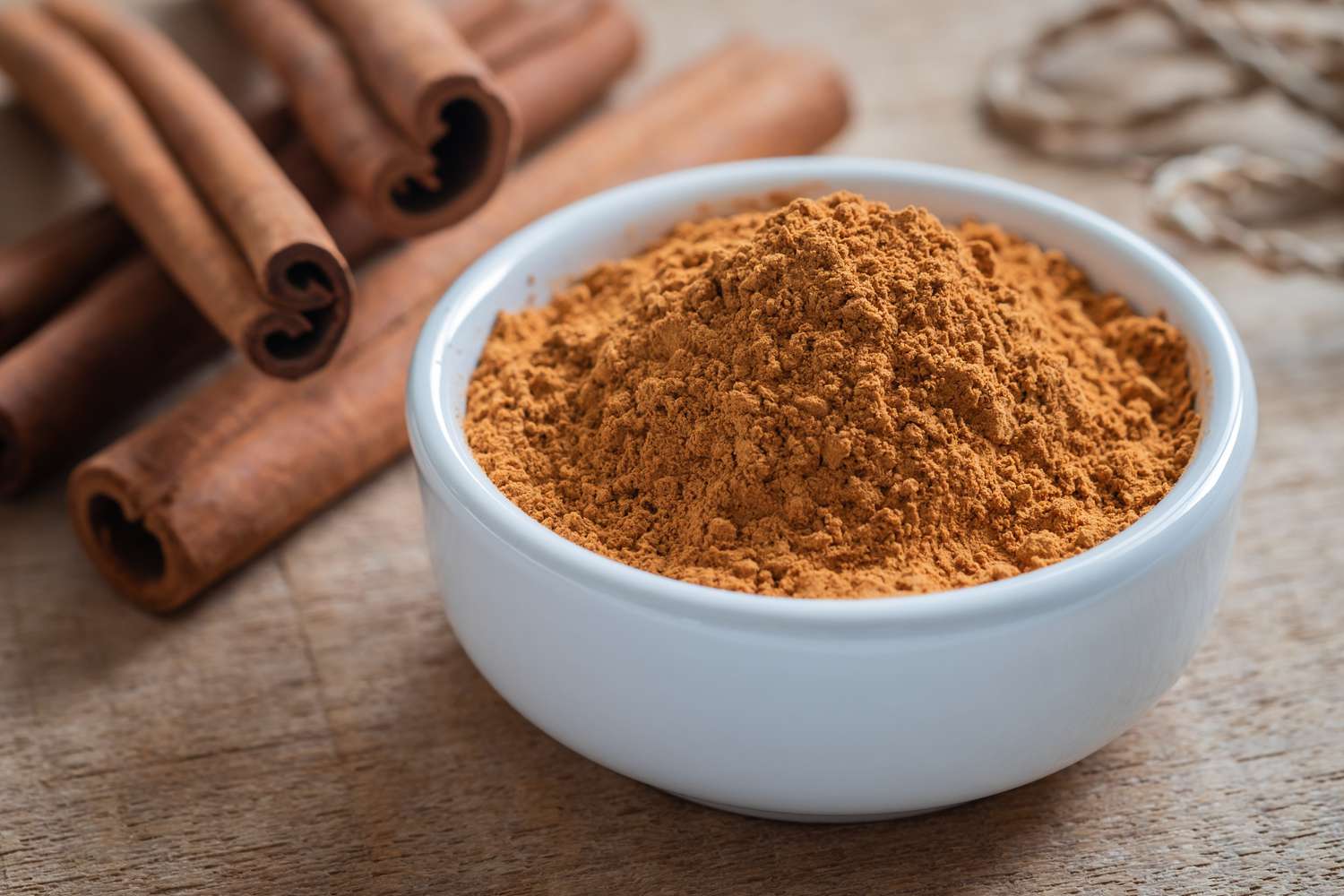
CINNAMON
Origin: The inner bark of several trees in the genus Cinnamomum.
Flavor Profile: Sweet, woody, and warm.
Culinary Uses: A versatile spice used in both sweet and savory dishes. Popular in baking (cinnamon rolls, apple pie), curries, and in drinks like mulled wine.
Health Benefits: Contains powerful antioxidants and may help regulate blood sugar levels.
PRICE AS PER MARKET RATE
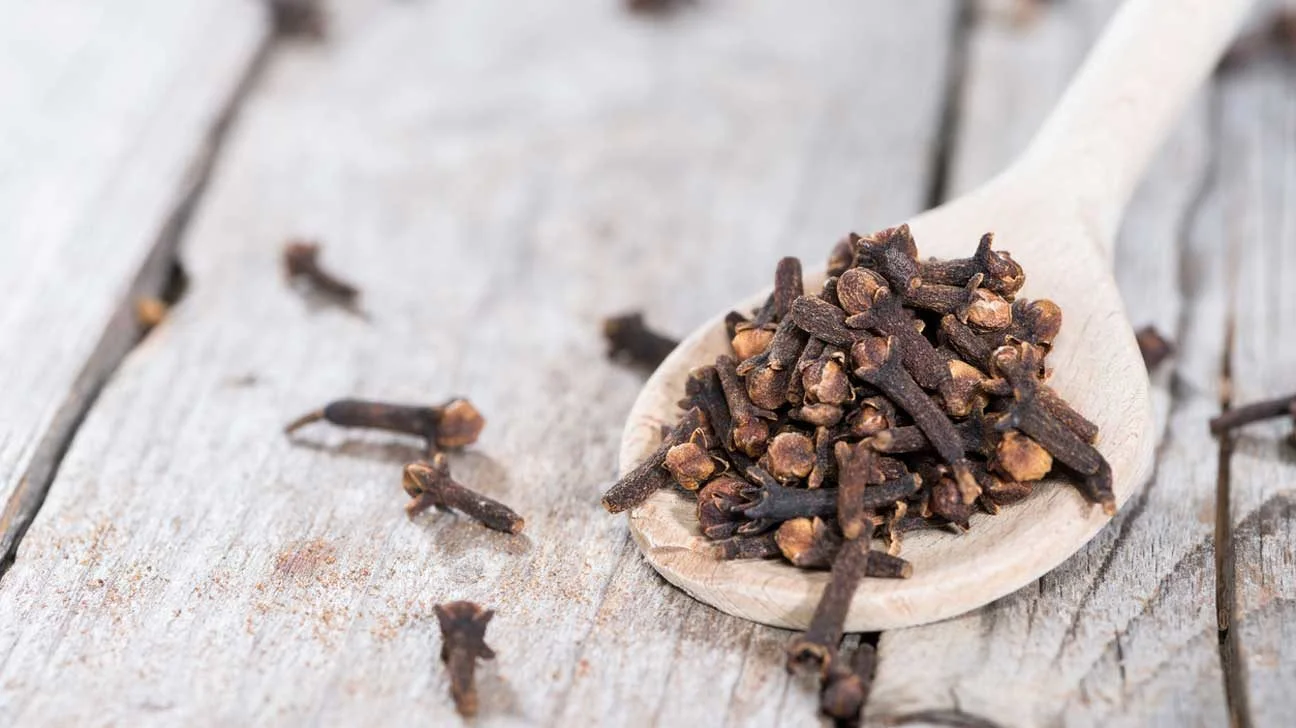
CLOVES
Origin: The dried flower buds of the clove tree.
Flavor Profile: Pungent, strong, and sweet.
Culinary Uses: Used whole in rice dishes, mulled beverages, and spice blends like garam masala. Ground cloves are used in baking and in spice cakes.
Health Benefits: Known for their antimicrobial properties and have been used as a home remedy for toothaches.
PRICE AS PER MARKET RATE
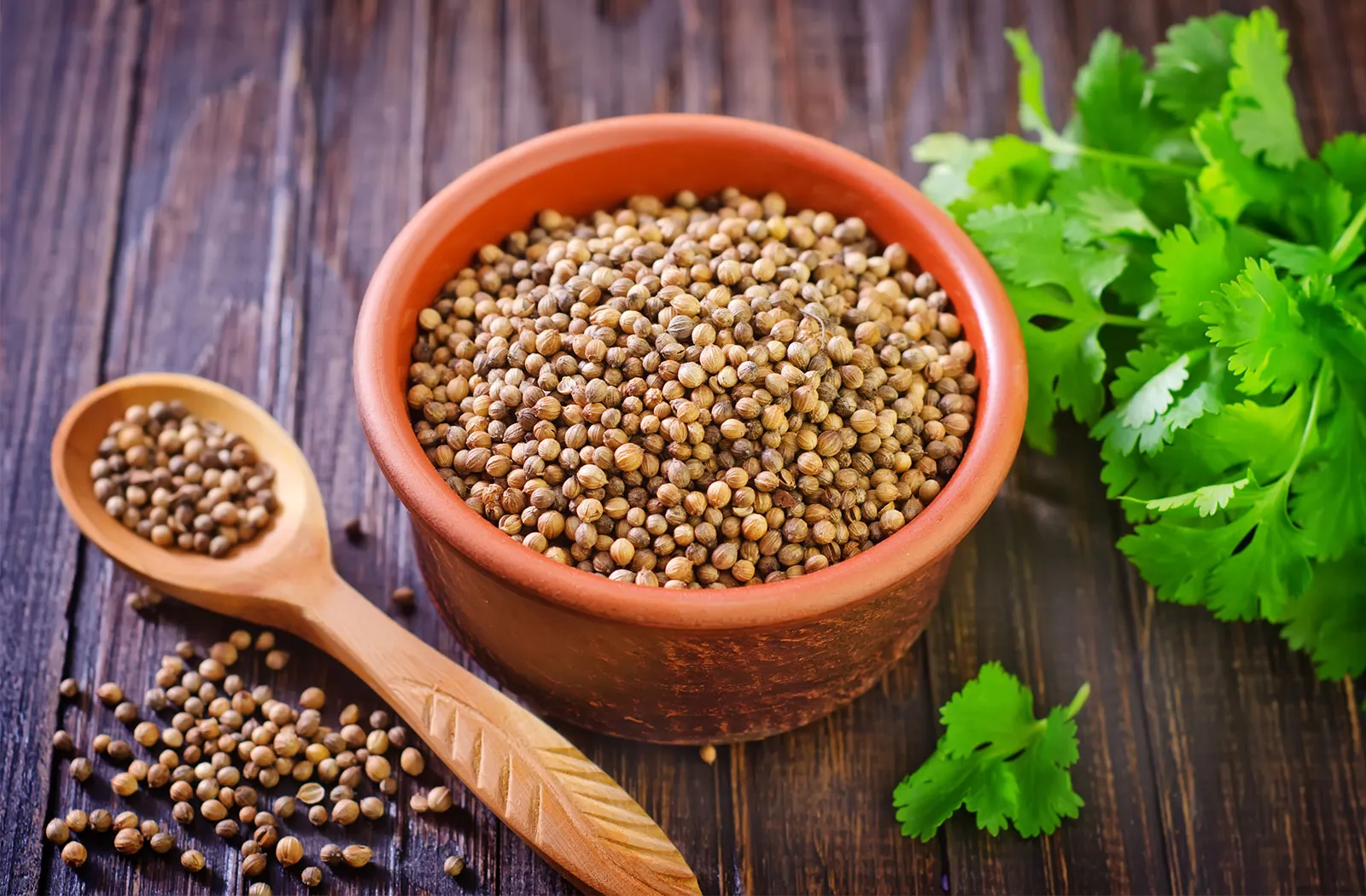
CORIANDER
Origin: The dried seeds of the Coriandrum sativum plant, which also produces the herb cilantro.
Flavor Profile: Earthy, warm, and slightly citrusy.
Culinary Uses: Used extensively in Indian, Mexican, and Middle Eastern cuisines for curries, spice rubs, and to flavor pickles.
PRICE AS PER MARKET RATE
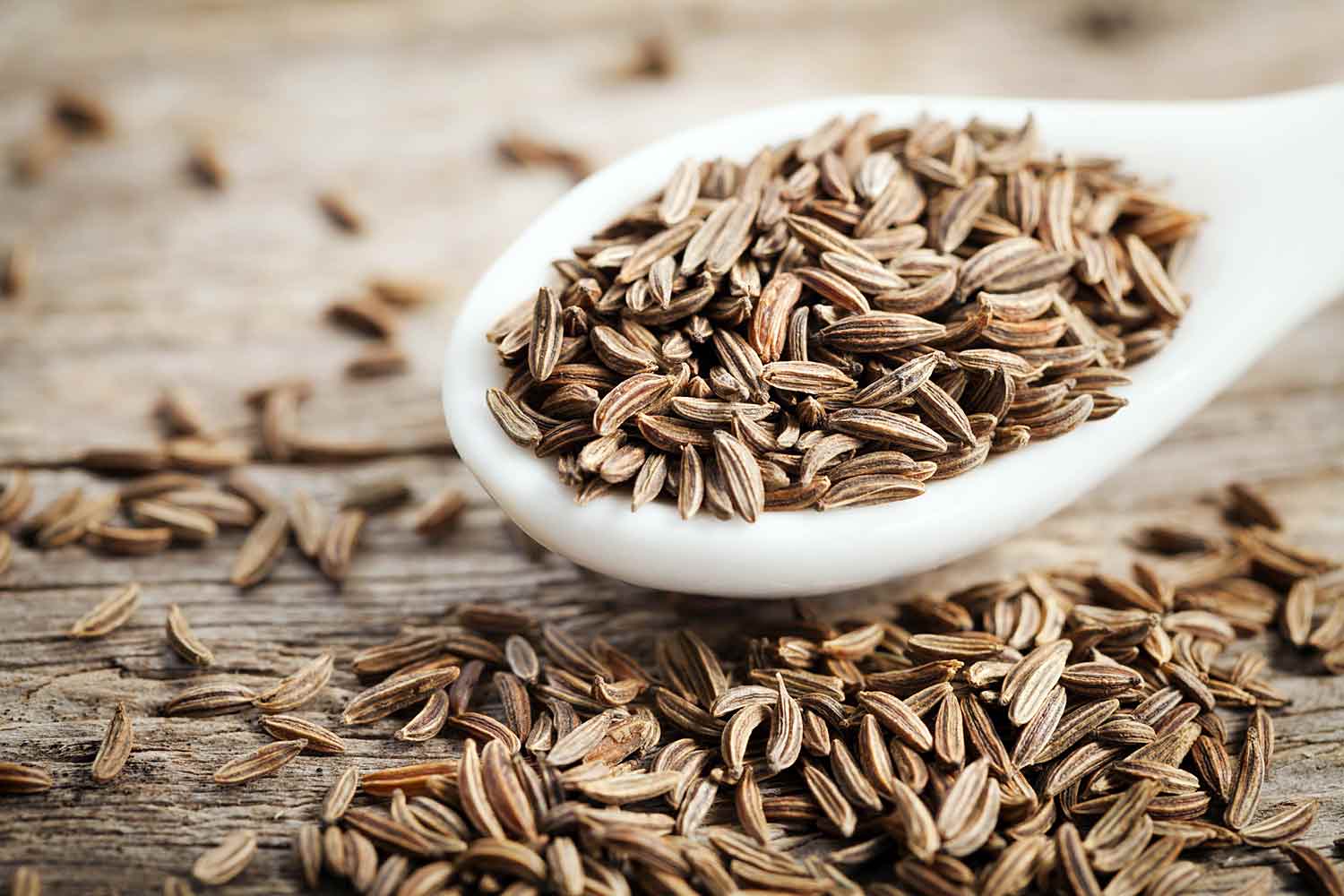
CUMIN
Origin: The dried seeds of the Cuminum cyminum plant.
Flavor Profile: Earthy, nutty, and slightly smoky.
Culinary Uses: A key spice in Mexican, Indian, and Middle Eastern cooking. Used in chili, tacos, curries, and as a tempering spice in many Indian dishes.
Health Benefits: A good source of antioxidants and is known to aid digestion.
PRICE AS PER MARKET RATE
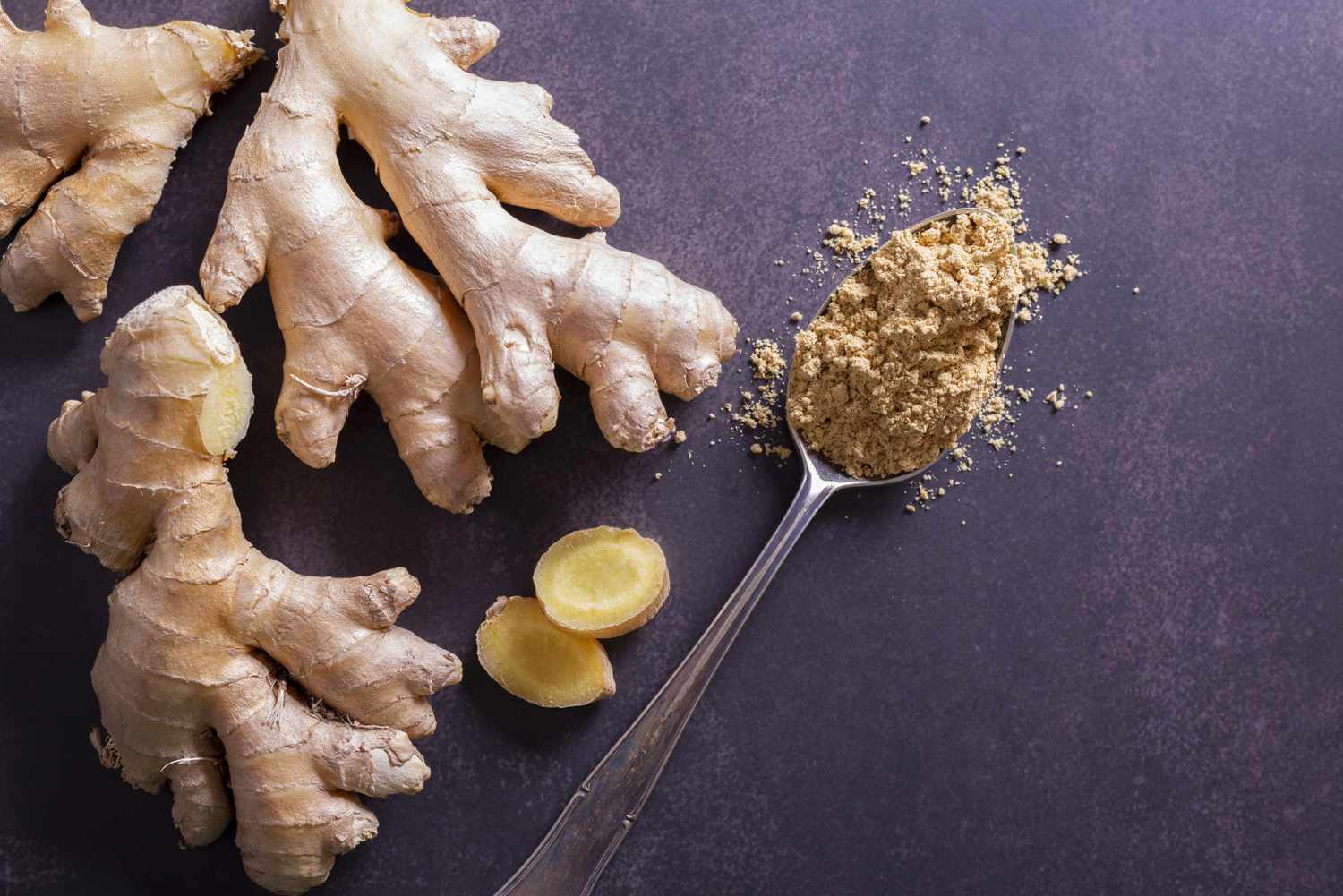
GINGER
Origin: The rhizome (underground stem) of the Zingiber officinale plant.
Flavor Profile: Pungent, spicy, and warming, with a subtle sweetness.
Culinary Uses: Used fresh or dried in a wide range of dishes, from stir-fries and curries to ginger tea and baked goods like gingerbread.
Health Benefits: A well-known remedy for nausea, indigestion, and has strong anti-inflammatory properties.
PRICE AS PER MARKET RATE
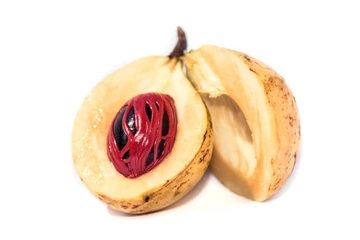
NUTMEG & MACE
Origin: Both come from the same evergreen tree, Myristica fragrans. Nutmeg is the seed, and mace is the lacy red aril that surrounds the seed.
Flavor Profile: Nutmeg is sweet, warm, and slightly nutty. Mace is similar but more delicate and subtle.
Culinary Uses: Used in both sweet and savory applications. Nutmeg is common in creamy sauces, baked goods, and eggnog. Mace is often used in lighter dishes and spice blends.
PRICE AS PER MARKET RATE
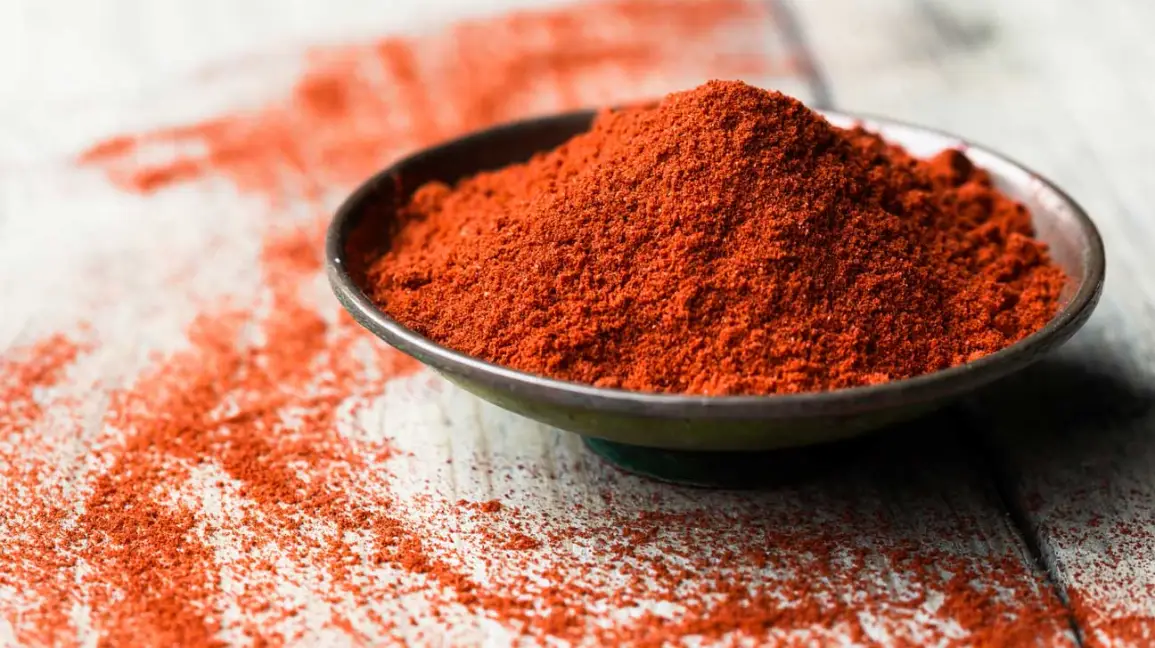
PAPRIKA
Origin: A powder made from ground chili peppers. It can be sweet, smoky, or hot depending on the type of pepper used.
Flavor Profile: Ranges from sweet and mild to smoky and spicy.
Culinary Uses: Adds vibrant color and flavor to dishes. Used in Spanish and Hungarian cuisines, as well as for seasoning meats, soups, and stews.
PRICE AS PER MARKET RATE
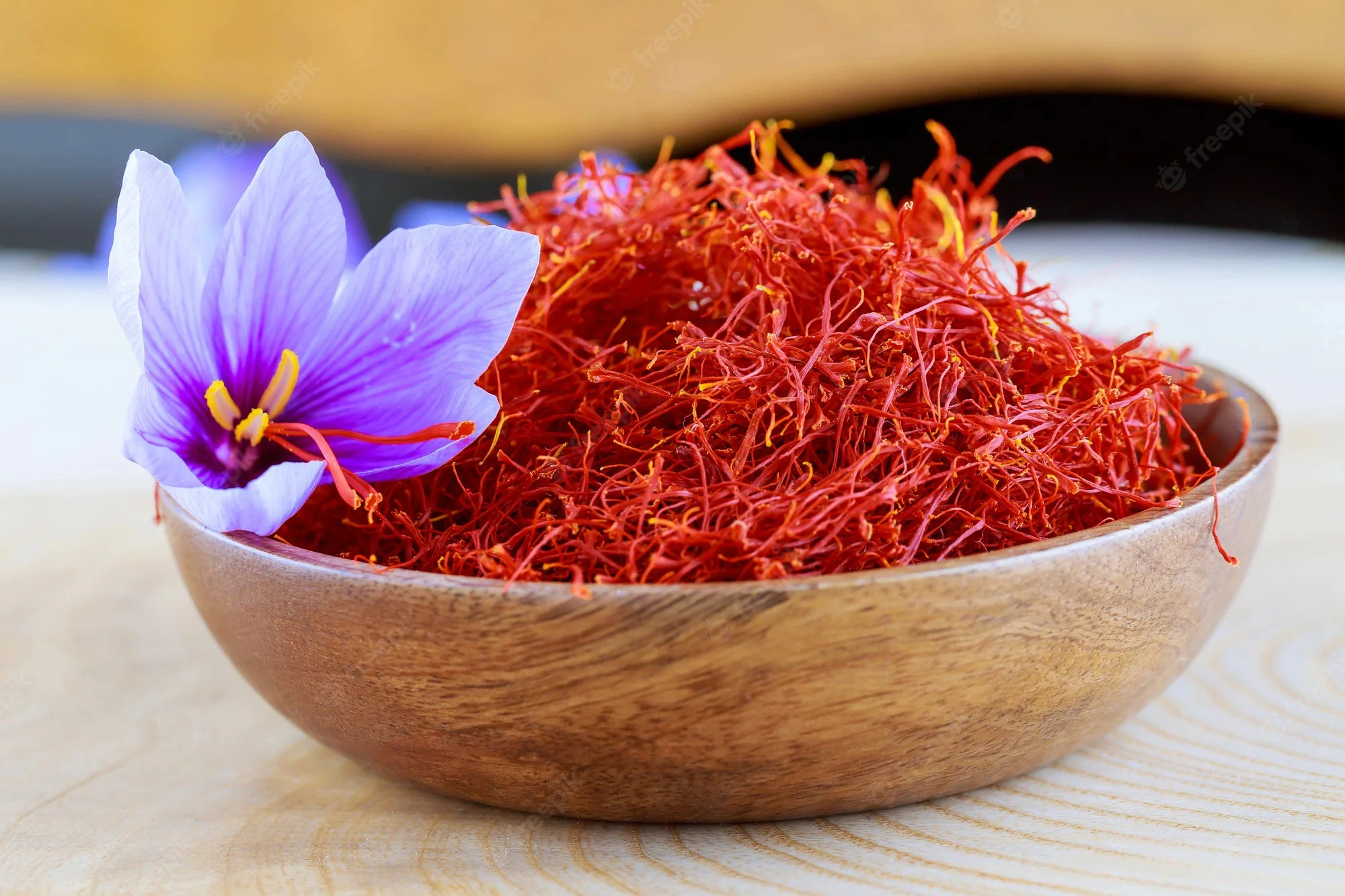
SAFFRON
Origin: The dried stigmas of the saffron crocus flower. It is the world's most expensive spice due to the labor-intensive harvesting process.
Flavor Profile: Subtle, bitter, and hay-like, with a unique aroma. It also imparts a beautiful golden color.
Culinary Uses: Used sparingly in high-end dishes like paella, risotto, and various rice preparations.
PRICE AS PER MARKET RATE
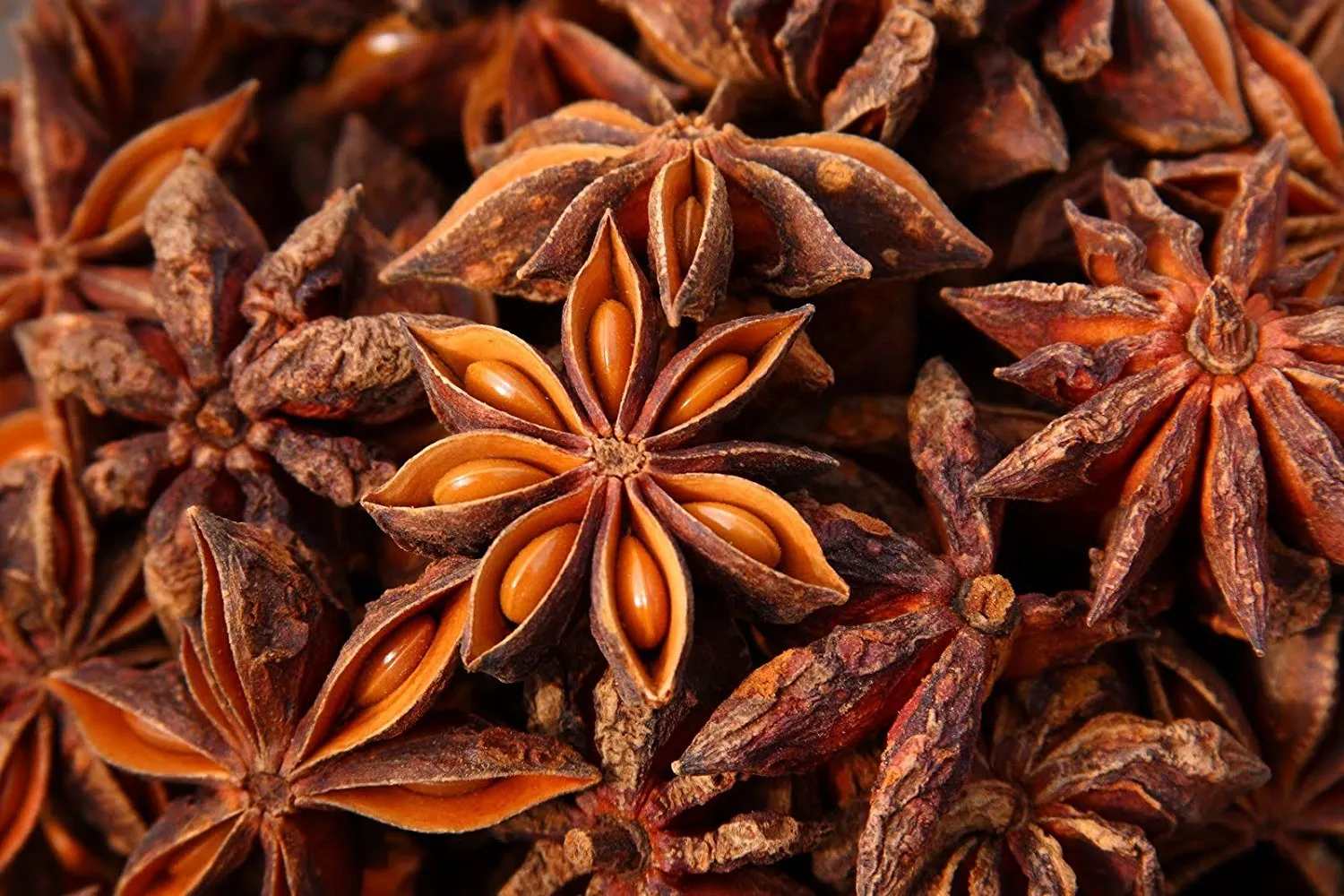
STAR ANISE
Origin: The star-shaped fruit of an evergreen tree native to China and Vietnam.
Flavor Profile: A powerful licorice-like flavor, more intense than regular anise seed.
Culinary Uses: A key ingredient in Chinese five-spice powder and used in pho broth. Also used in some sweet dishes and mulled drinks.
PRICE AS PER MARKET RATE
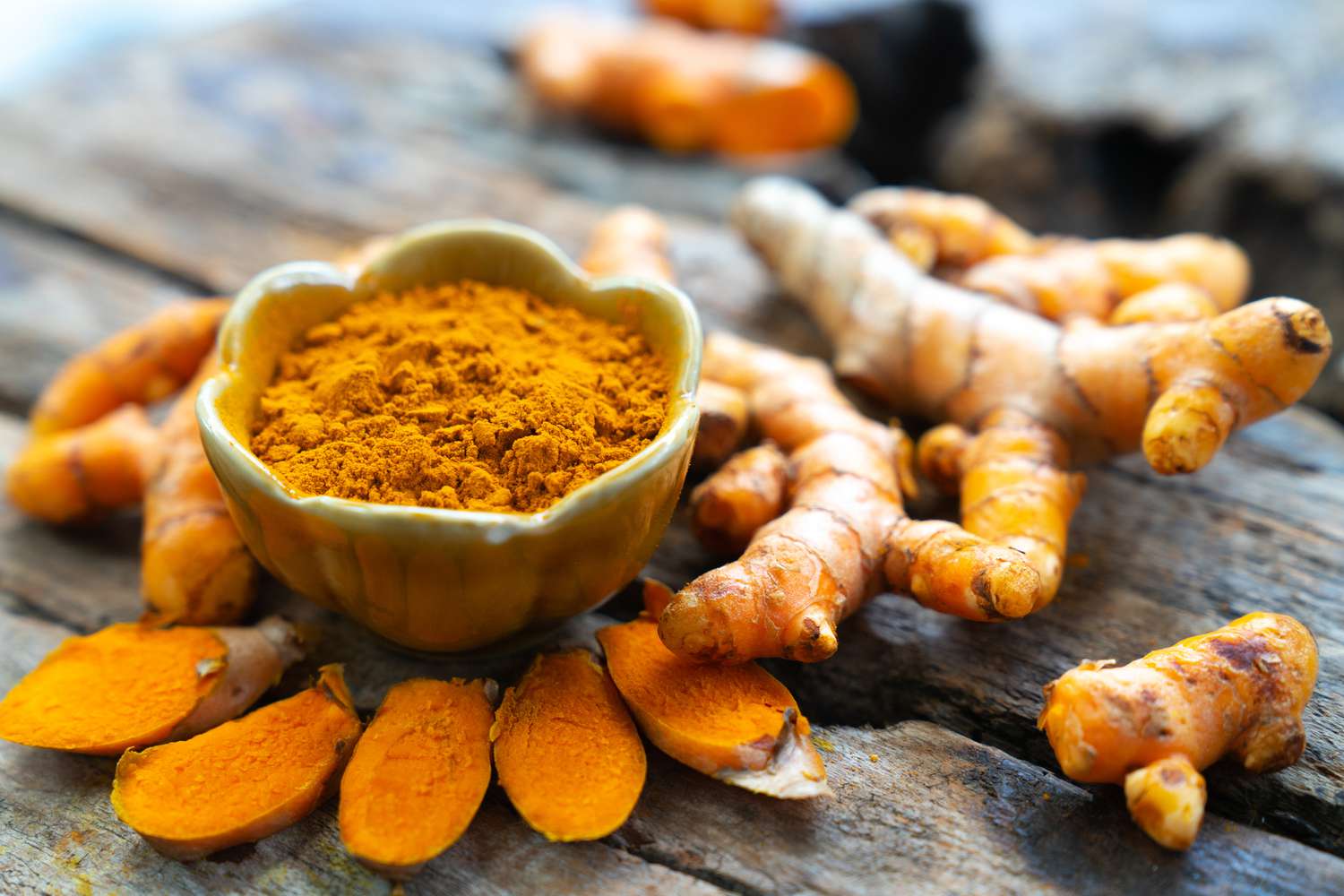
TURMERIC
Origin: The rhizome of a plant in the ginger family.
Flavor Profile: Earthy, warm, and slightly bitter.
Culinary Uses: Famous for its vibrant yellow color and is a staple in Indian curries, lentil dishes, and rice.
Health Benefits: Contains curcumin, a potent anti-inflammatory and antioxidant compound. Its absorption is enhanced when consumed with black pepper.
PRICE AS PER MARKET RATE

